Have you ever looked at a flower or plant and wondered, "What flower is this?", or "What kind of plant is this?". Fortunately, it's possible to use your phone to identify a flower by a picture. You just have to use a flower identification app to get the answer.
Of the available apps, few are as successful as Microsoft's Bing and the Google plant identifier, Google Lens. In addition to identifying flowers and plants, these apps can also identify products, books, and even places. But there are other good options, too.
Here's how to identify plants with Google and Bing, along with the rest of the best plant identification apps for Android and iOS to use when you're trying to name that plant.
1. Bing
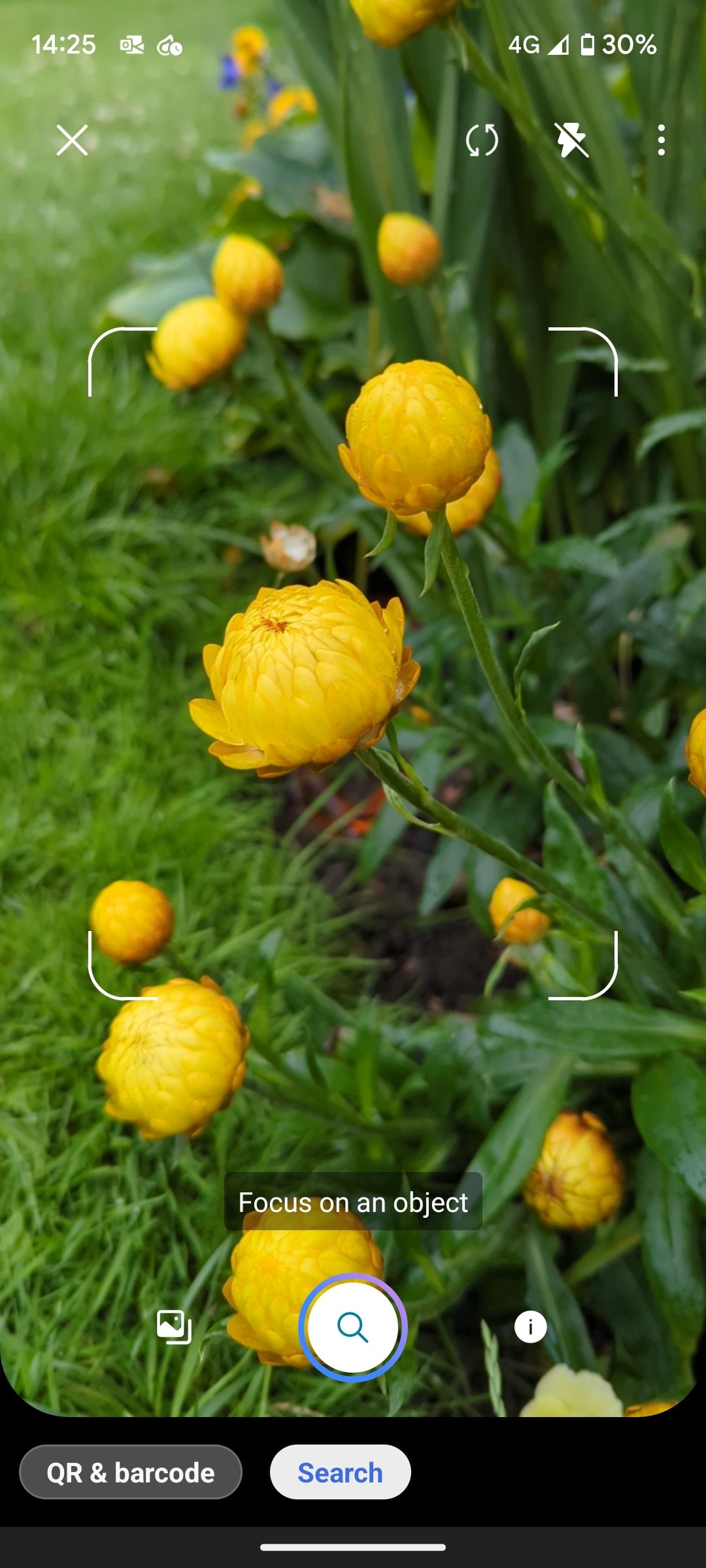
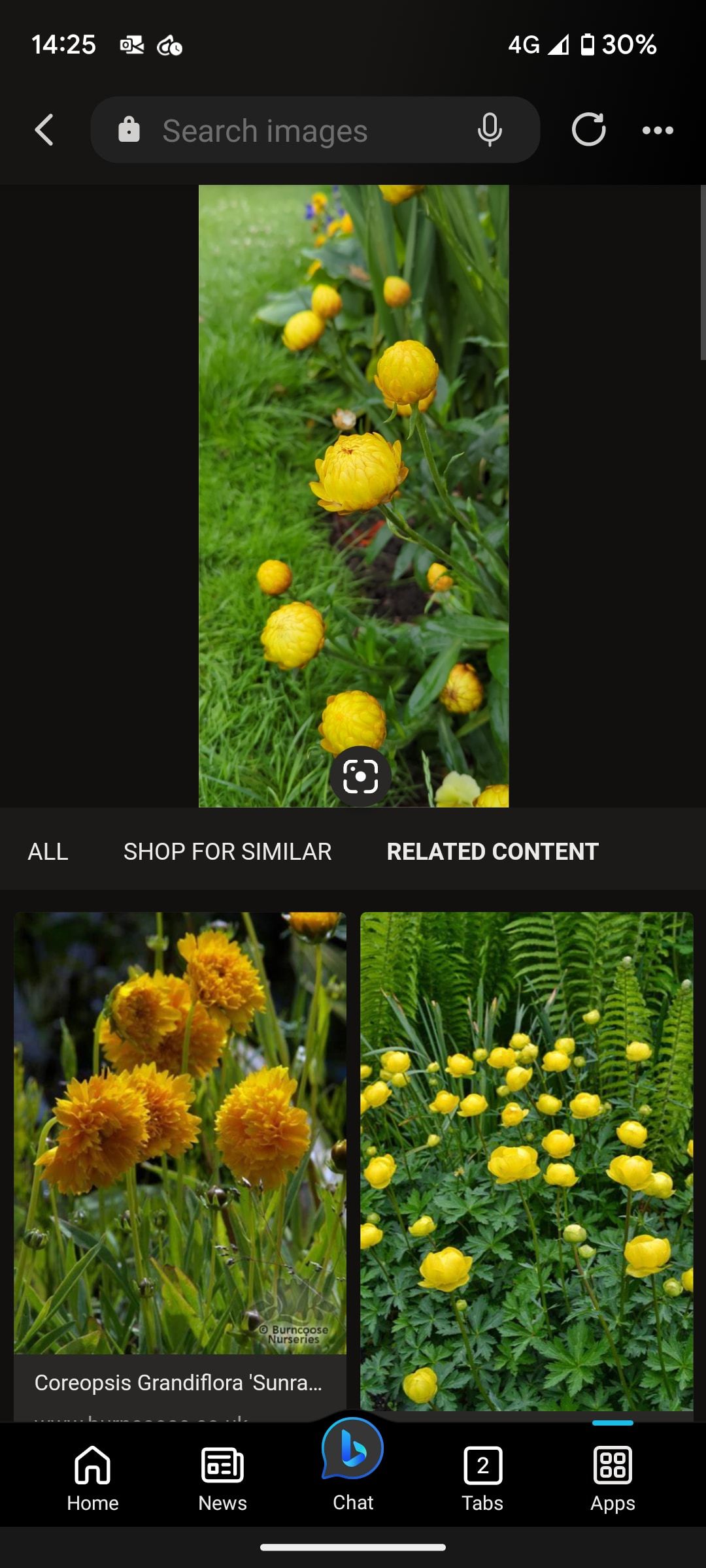
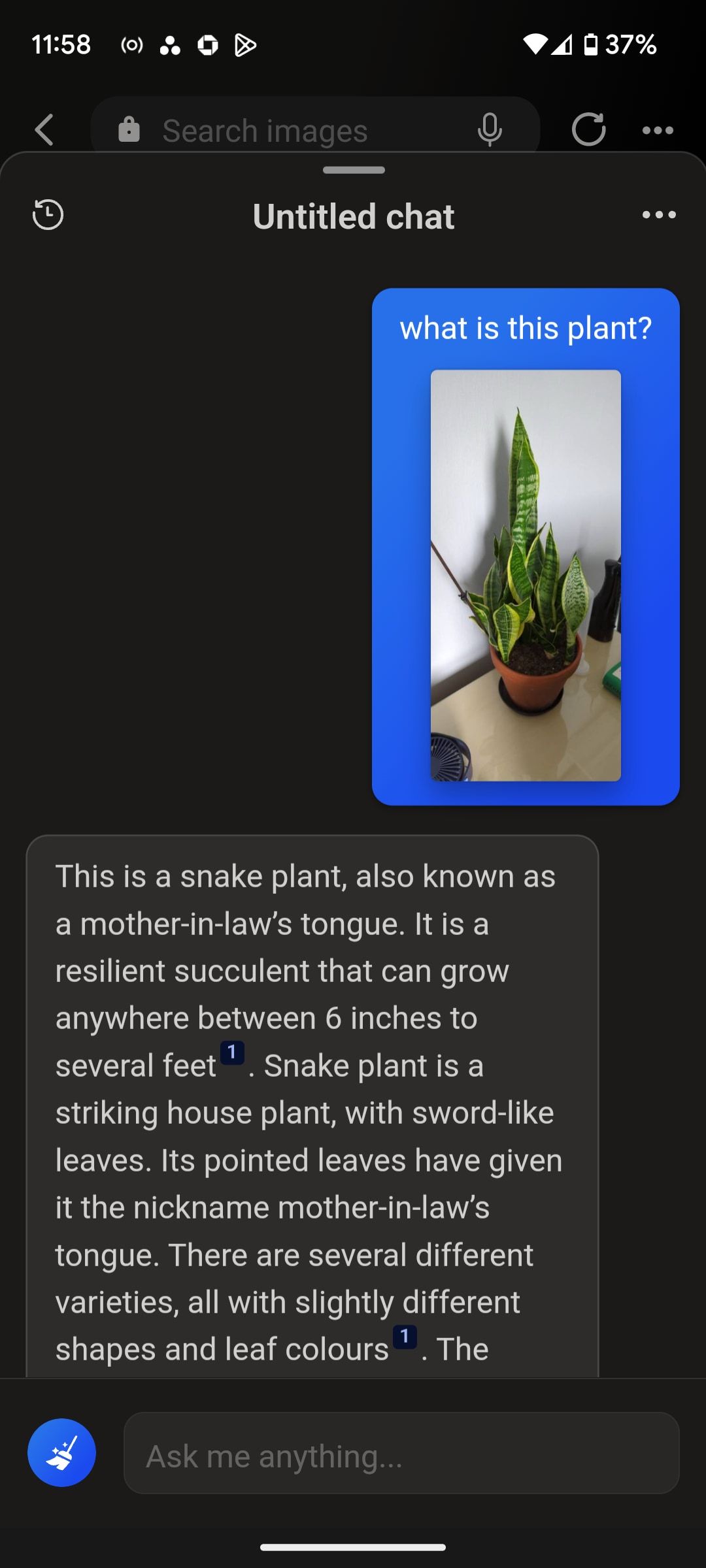
While you might assume the Bing plant identifier is not as good as the Google plant identifier, the Bing mobile app is actually great for identifying flora. There are two ways to search for plants in Bing. The first is a traditional image search feature; the second uses Bing's ChatGPT integration to both identify plants and tell you about them.
When you first open the Bing app, you'll see a search bar at the top with a camera and a mic button nearby. To use Bing as a plant identifier, tap the camera icon to open up the camera search function and then line up your plant or flower in the viewfinder and snap it. You can also grab existing images from your camera roll.
Once you take a photo, Bing will scan the image and provide you with possible search results, including accompanying images. The app often shows ads and shopping links first, so tap Related Content to skip down to the actual information you're looking for.
Identify Plants With Bing Chat
Alternatively, you can go for the more modern approach. Bing Chat, the AI-enabled part of Bing, supports image searching. Just tap the Chat button at the bottom of the screen and ask "What plant is this?". Then tap the camera icon in the text box and take a picture.
Bing Chat takes a few seconds to identify plants, but the results are great. It not only tells you what they are, but it also gives you information about them, with links to websites to learn even more. It's only going to get better, too.
Download: Bing for Android | iOS (Free)
2. Google Lens
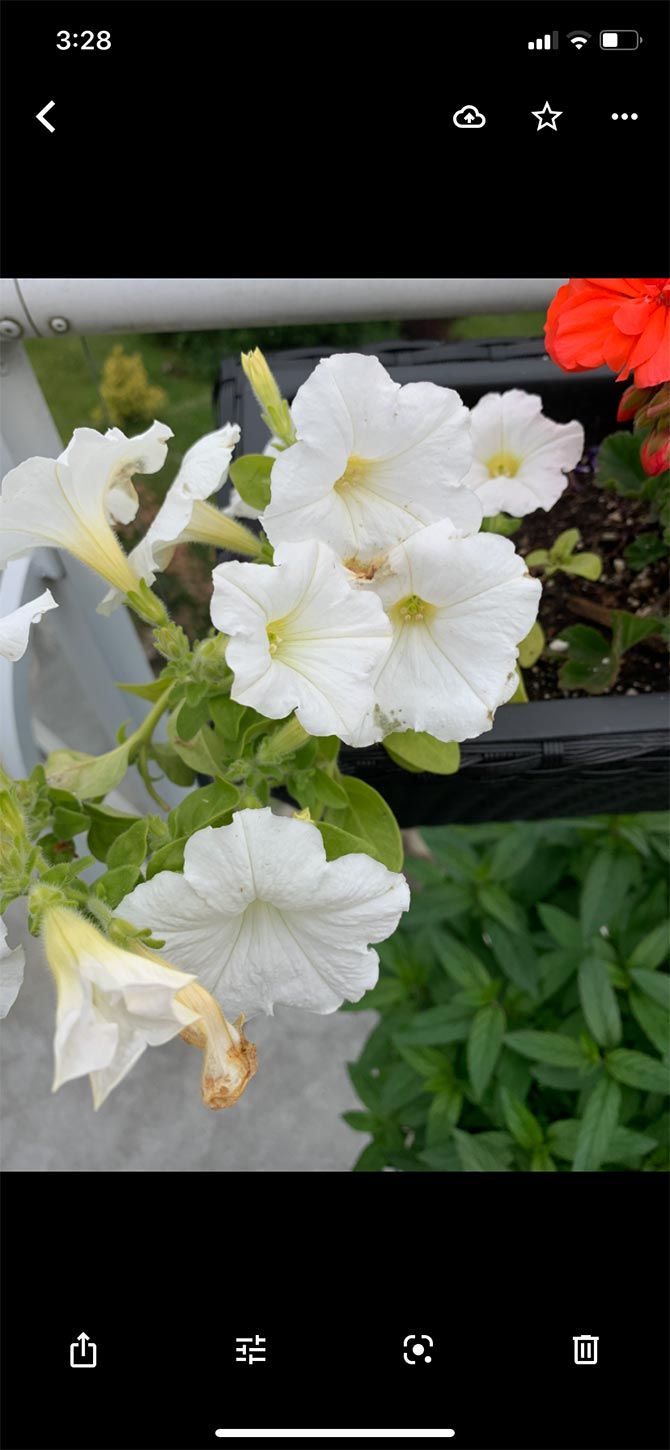
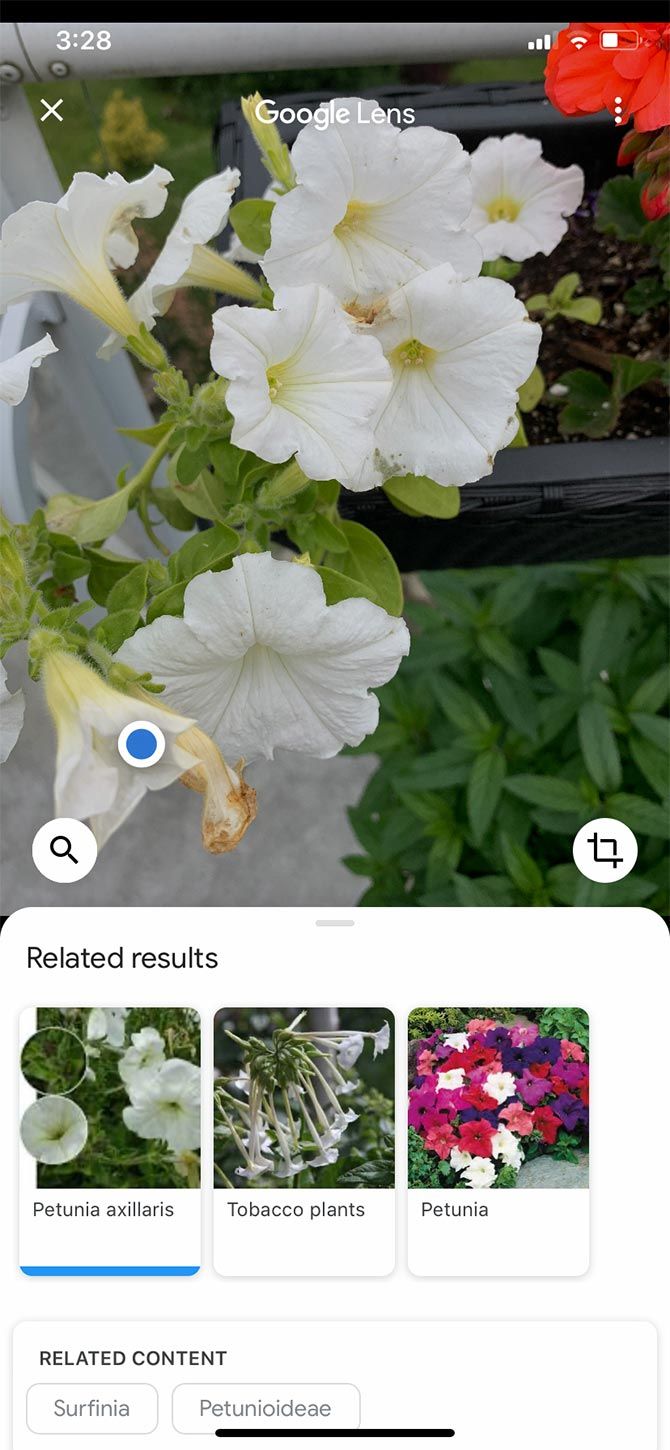
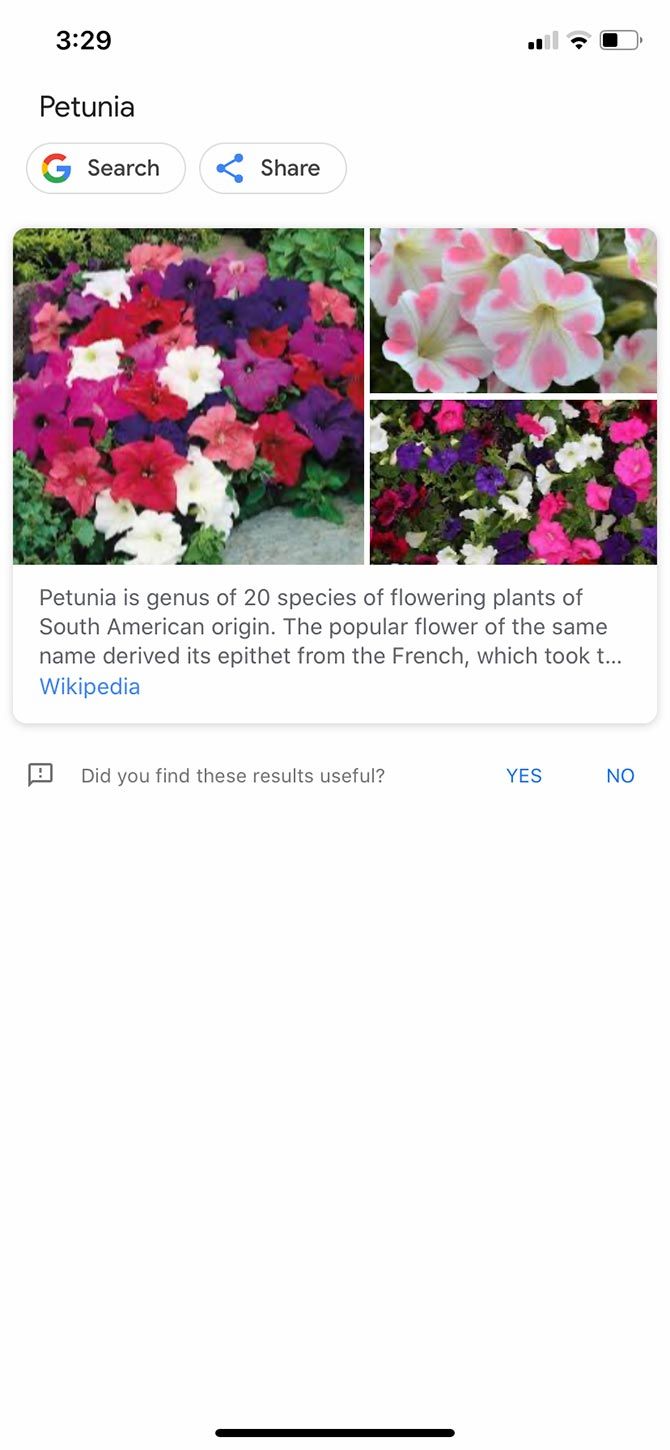
Can Google identify plants from a picture? Yes, it can! Well, Google Lens' plant identification can.
Google Lens is available as a standalone app for Android users. Meanwhile, iPhone owners get Google Lens bundled as part of the Google app. It works in roughly the same way on both platforms.
On Android, you can either launch the Lens app or tap the Lens icon in the Google widget on your home screen. On iPhone, open the Google app and tap the Lens icon in the search bar. Once you do this, your entire phone screen becomes a camera lens.
Tap Search with your camera and point your camera at the plant or flower you want to identify. Tap the large shutter button to search. Google Lens will display one main result for that item, accompanied by a photo, a list of related content, and similar images.
Tapping on the main photo will take you to a Google search page with a description of the plant. If you tap the Search button instead, Google will show you a search results page with the resultant plan name as the keyword.
As you'd expect from Google, the results are good. While it usually homes in on a single plant or flower, it will sometimes give you a few options if it can't work out exactly what you're looking at.
Download: Google Lens for Android (Free)
Download: Google for iOS (Free)
The iPhone camera app also has basic support for plant identification, powered by Siri. Just snap a photo, or grab an image from your Photos app, swipe up, and you should see a Look Up option. Tap this to try and identify your plant or flower.
3. PictureThis
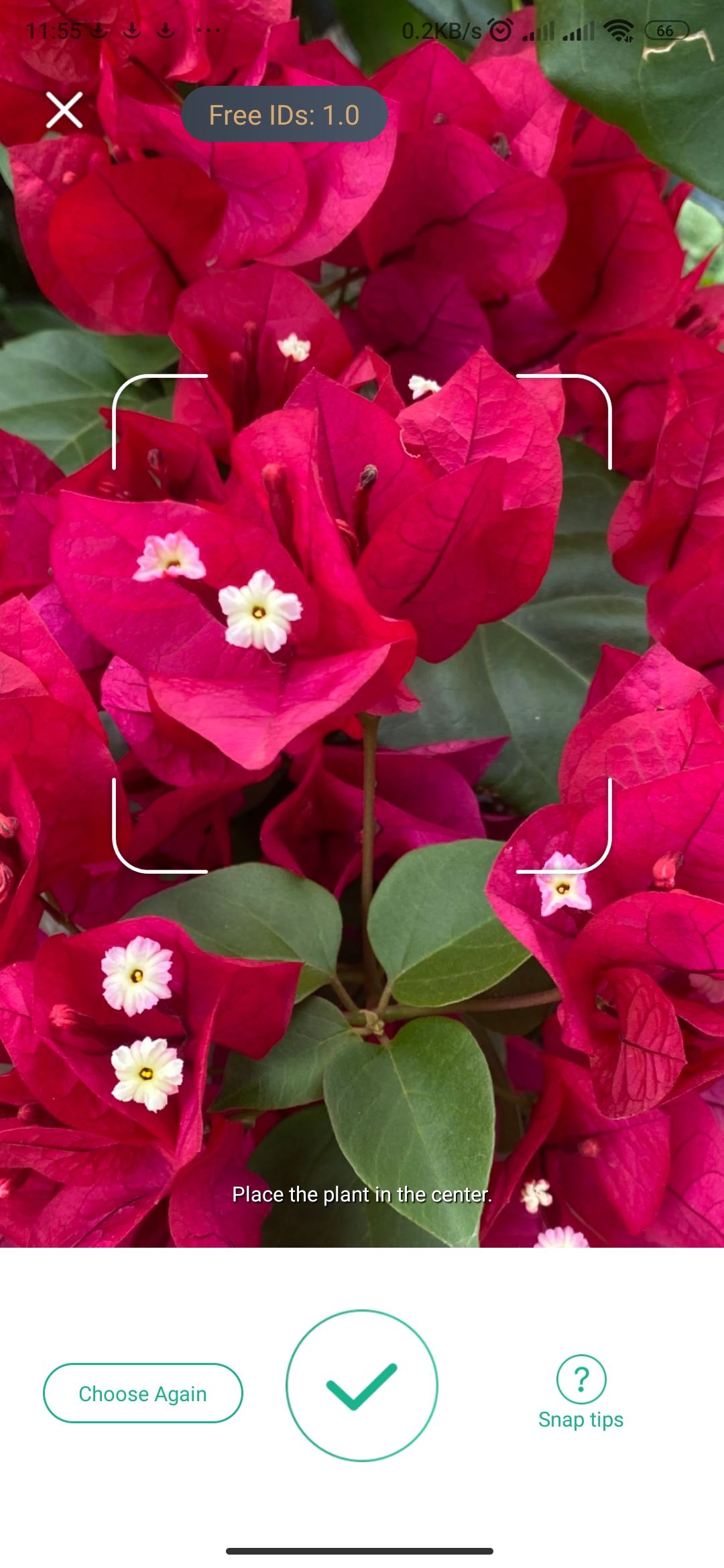
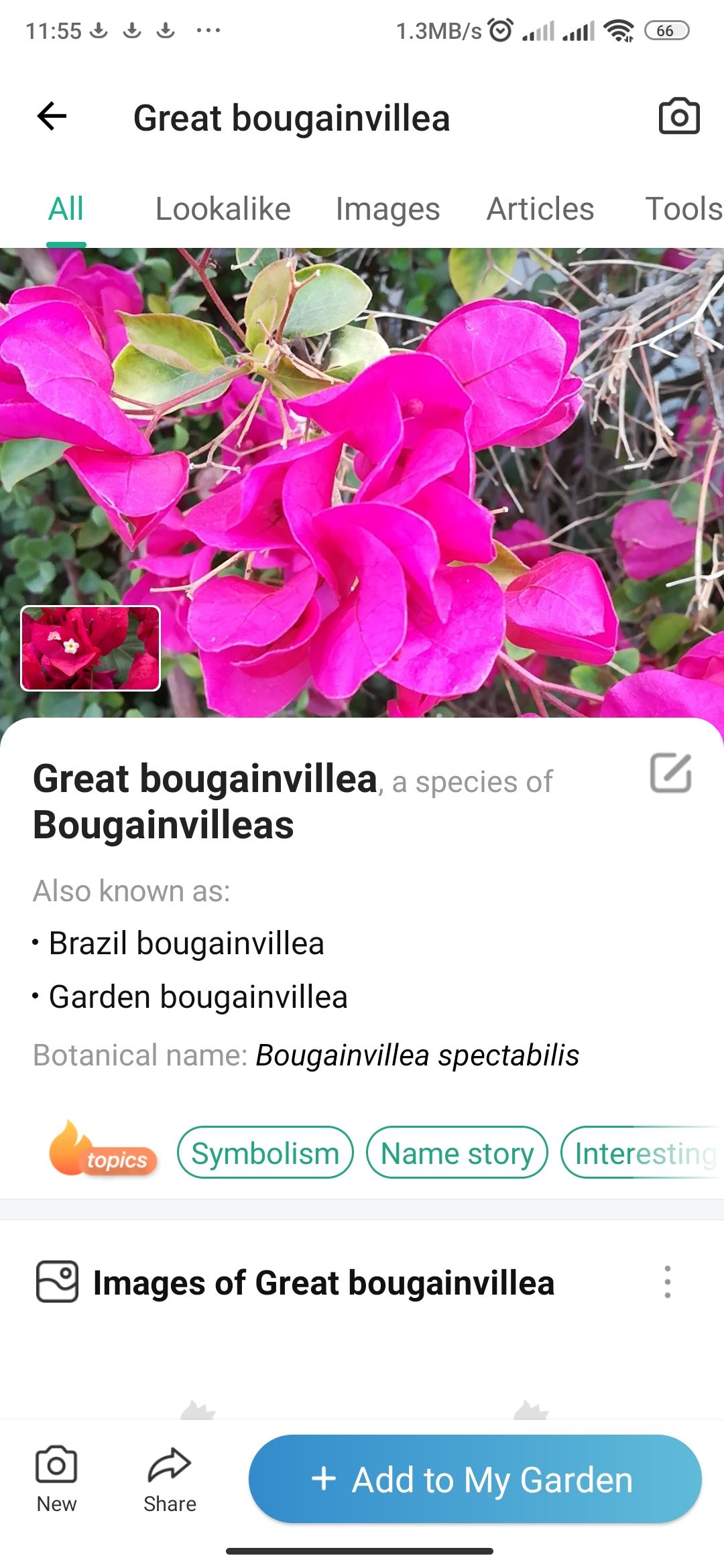
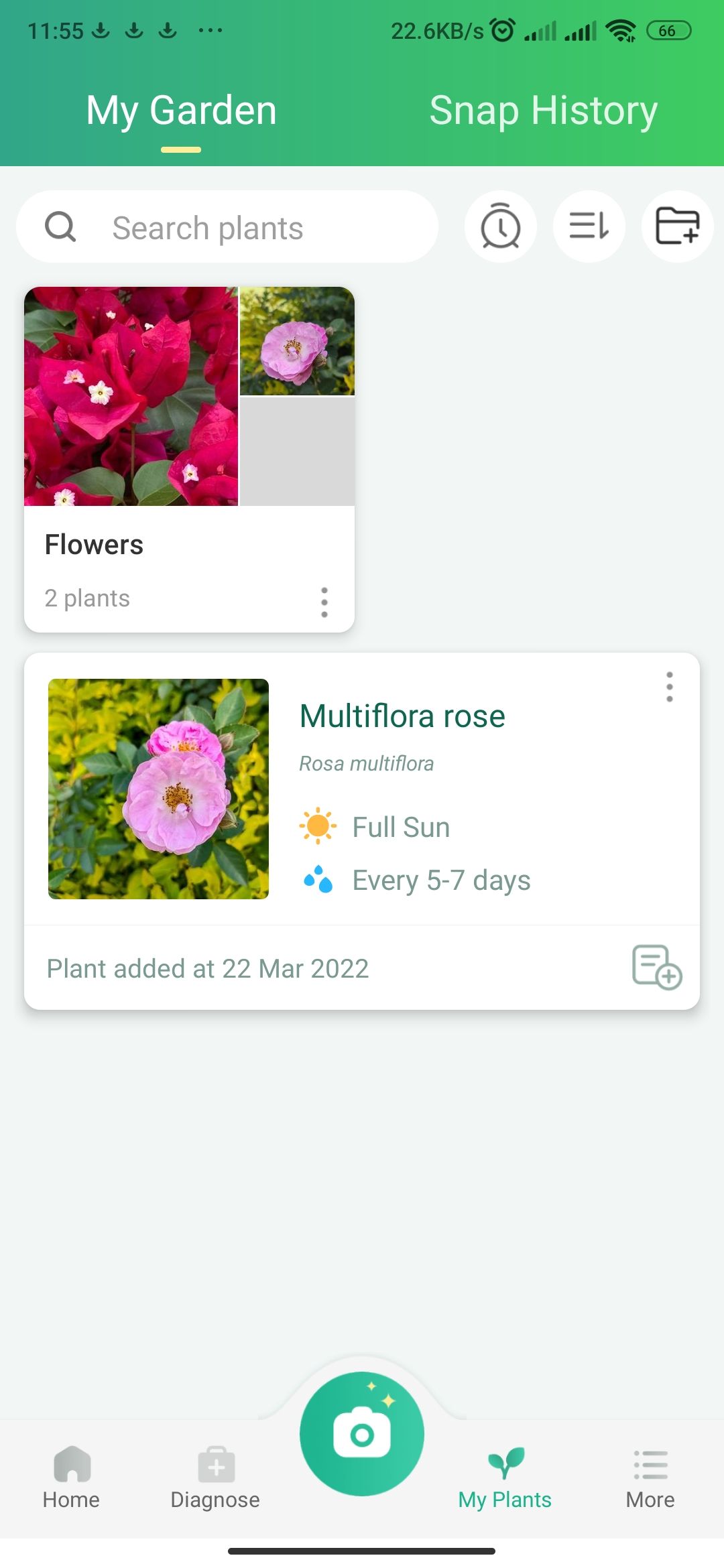
PictureThis is a plant-identifying app with both free and premium versions. It's one of the most downloaded plant and flower identification apps available, and for a good reason. The app claims it can ID plants with 98% accuracy.
Easy to use, simple to navigate, and possessing excellent search results, this app proved during testing that it could identify flowers and all the plants in each photo we took.
Every picture you take with the app is stored in your My Plants section so you can easily access this information again if you need to. You can create custom collections based on plant types, including flowers, leaf plants, vegetables, weeds, and more.
The premium version allows you to identify plants without any limits, get plant care guides, and ask experts about any issues you might have with your plants. It also lets you use the app without any ads or interruptions. Even with the limited free version of PictureThis, however, you can still get a lot out of the service.
Download: PictureThis for Android | iOS (Free, in-app purchases available)
4. PlantNet
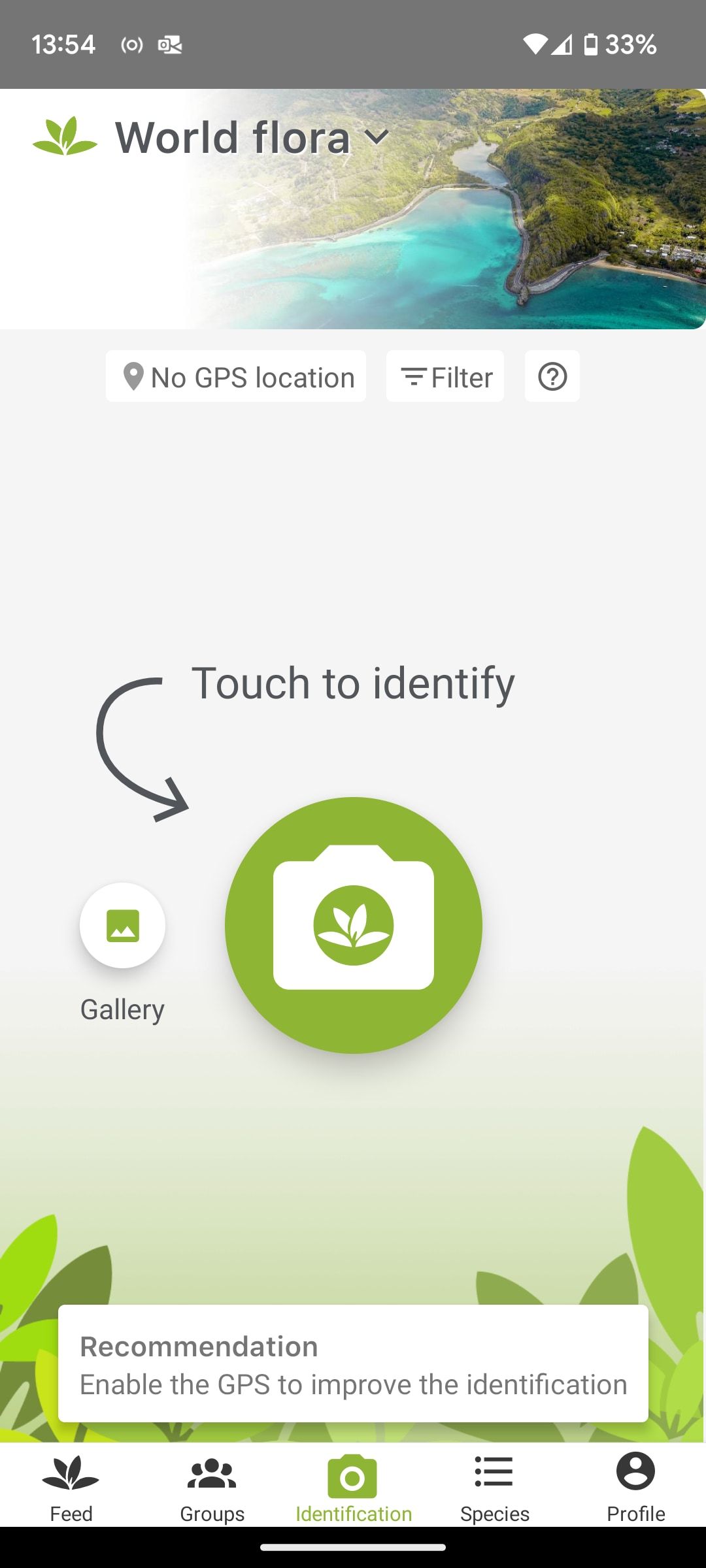
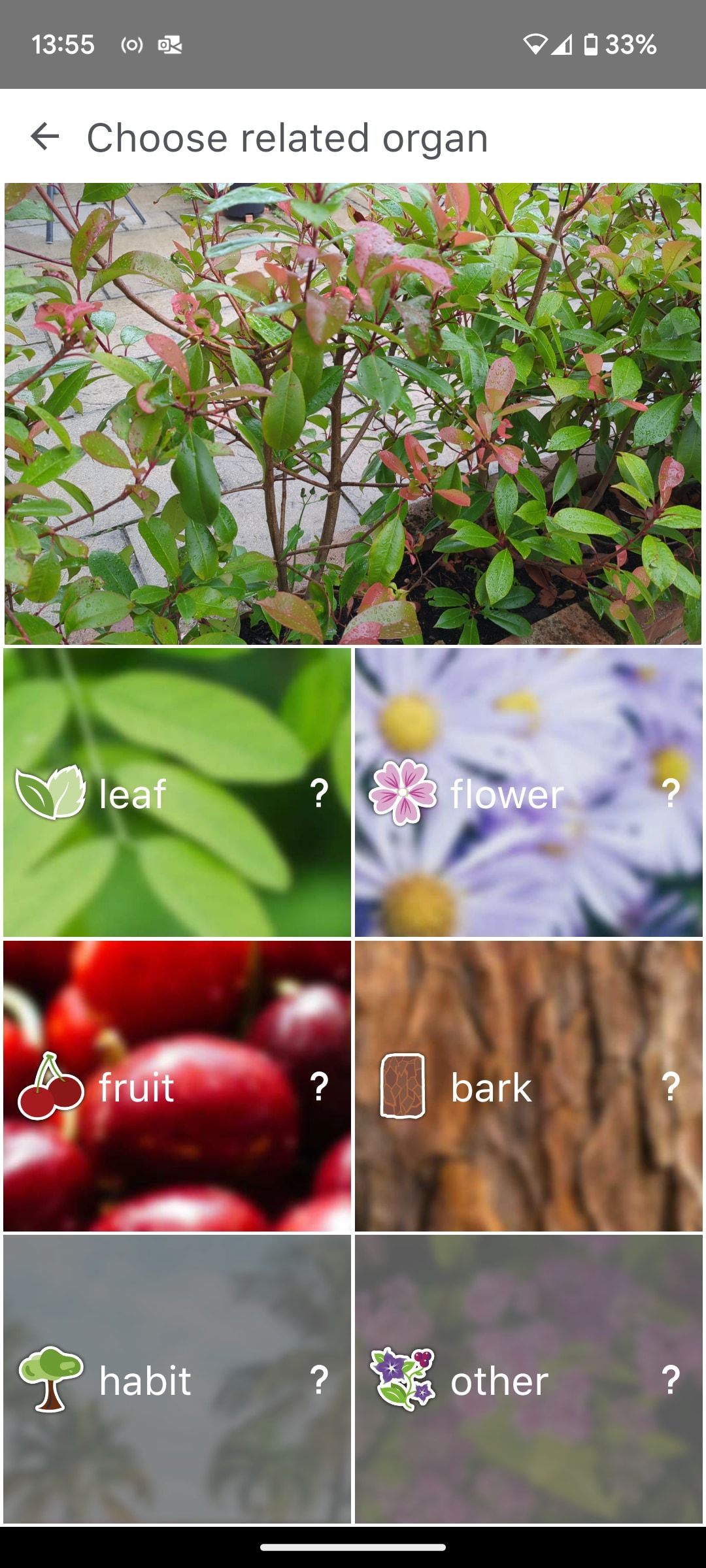
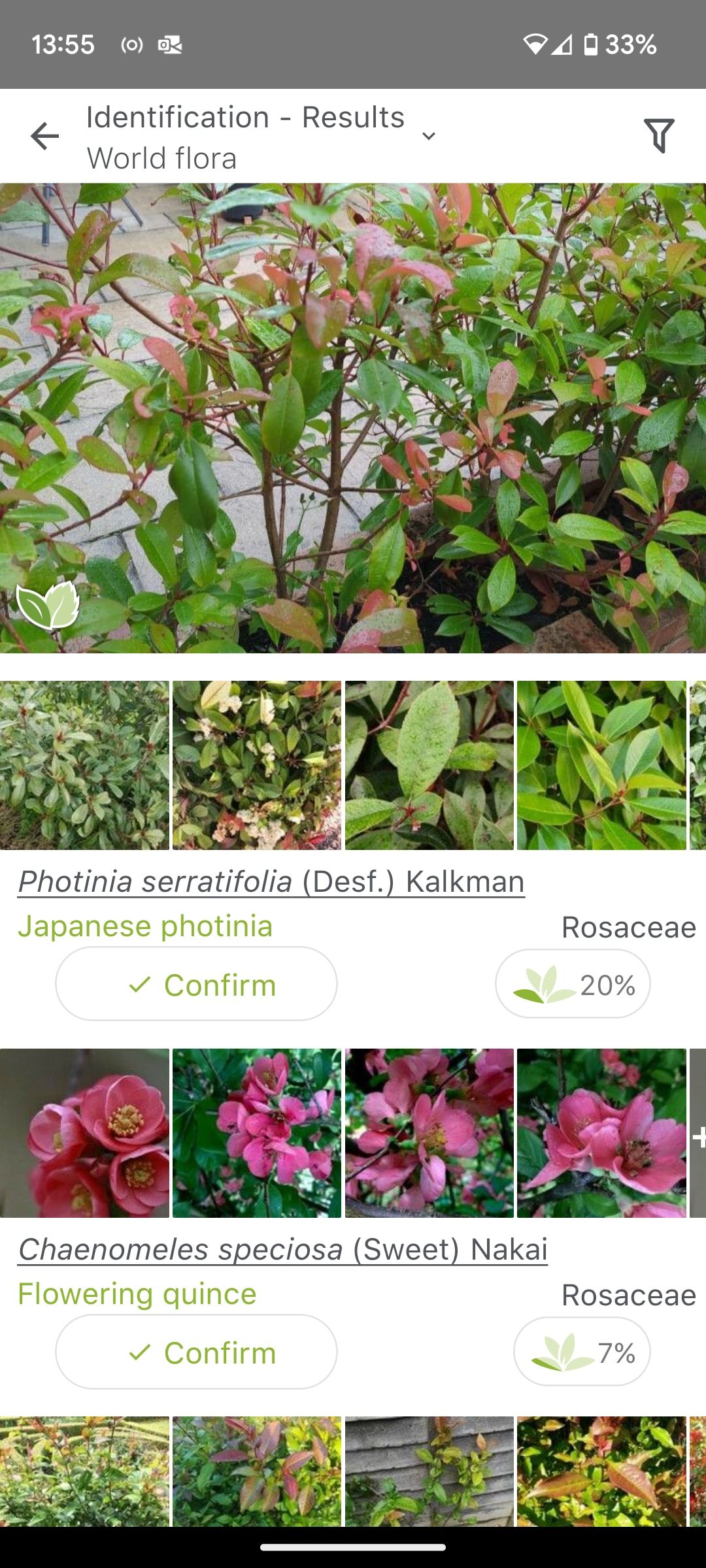
PlantNet has amassed tens of millions of downloads across Android and iOS. It's fast and powerful, and can identify over 20,000 types of plant or flower.
The app is as simple or as detailed as you need it to be. You can just snap a photo and let the app ID it, or there are other options to help improve your results. You can specify whether your photo is of a leaf, flower, bark, or other things to help filter the results, for example, and you can also use GPS to limit the options to only those plants that grow where you are.
The app delivers a long list of potential results and shows a probability rating to guide you on how likely the ID is to be correct. We found it to be pretty good overall, and if you tap Confirm for the right plant (assuming you know it) it helps to improve the results in the future. You can also use PlantNet via its website if you'd rather not use a plant identifier app.
Download: PlantNet for Android | iOS (Free)
5. Plant Identification ++
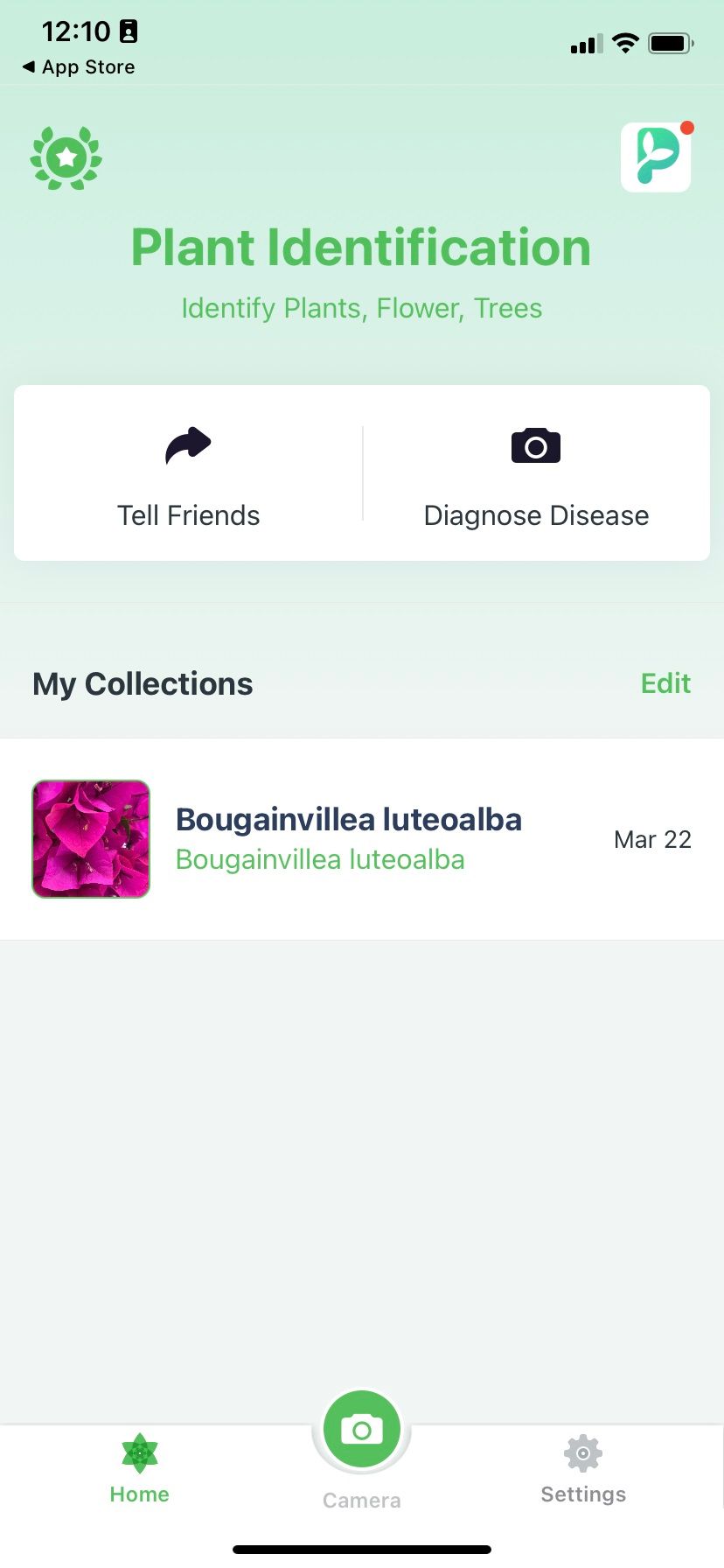
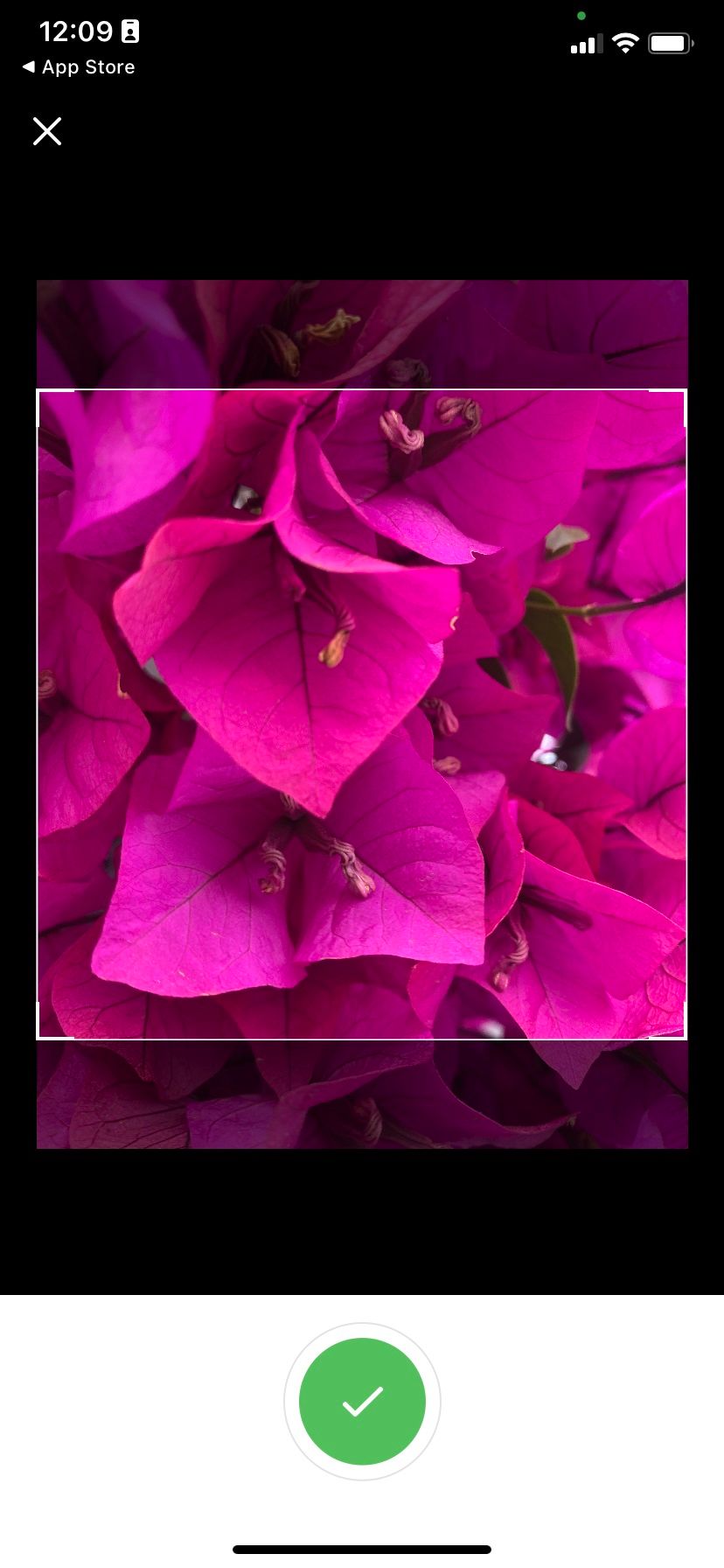
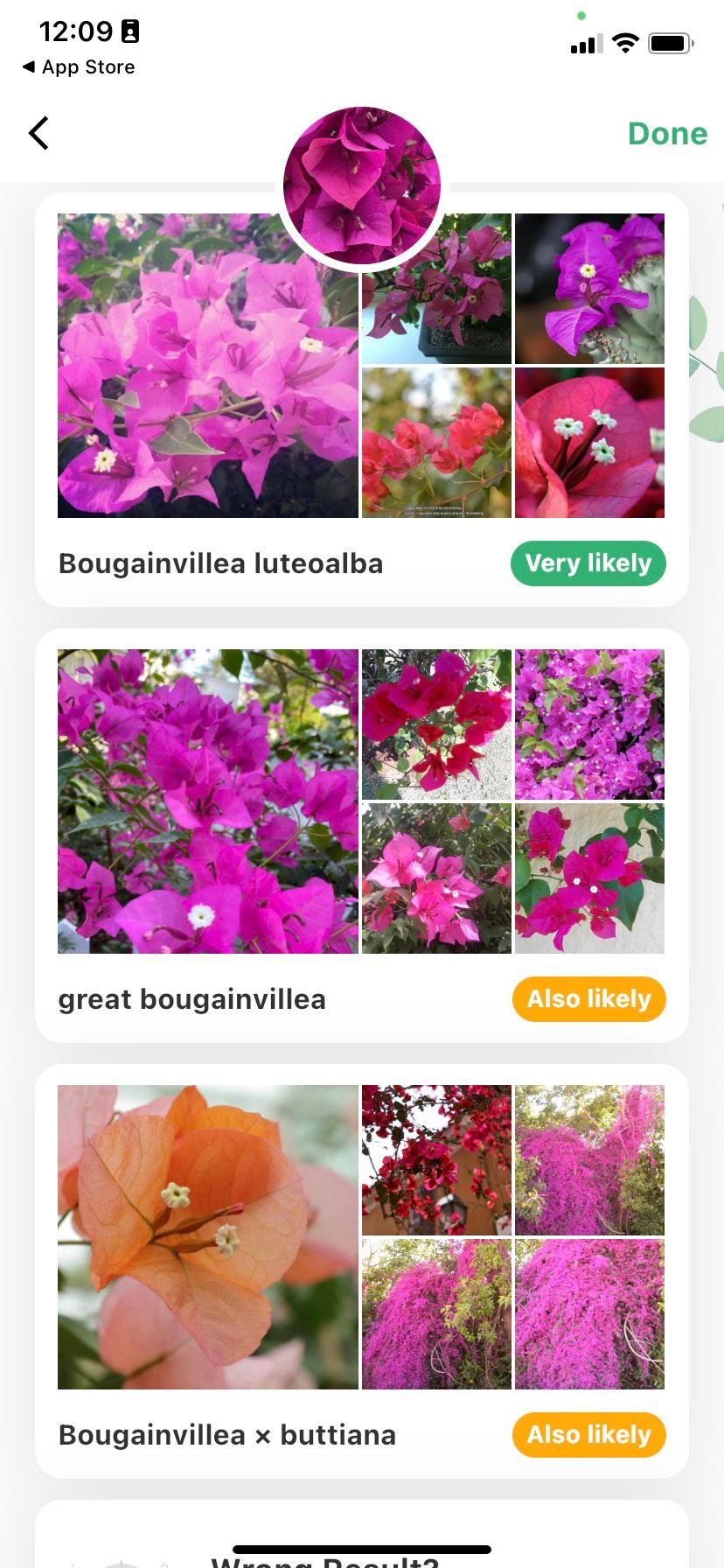
Plant Identification ++ is a plant identifier app for iOS that's free to use with an optional premium subscription. However, the free version works fine if all you're hoping to do is identify plants quickly and easily.
When you open the app, take a picture of a plant or pull up a picture from your photo album. Once you take a photo, the app searches its database and displays possible results. We found these search results to be highly accurate. Additionally, when you tap on the results, Plant Identification ++ locates the plant's information page on Wikipedia.
If you subscribe to the premium version you get unlimited identification tools and health assessments for your plants.
Essentially, this app is simple to use and low-stress. It's perfect for people who don't want to join a plant-enthusiast community. The major downside is that it's only available for iPhone.
Download: Plant Identification ++ for iOS (Free, in-app purchases available)
6. Plantum
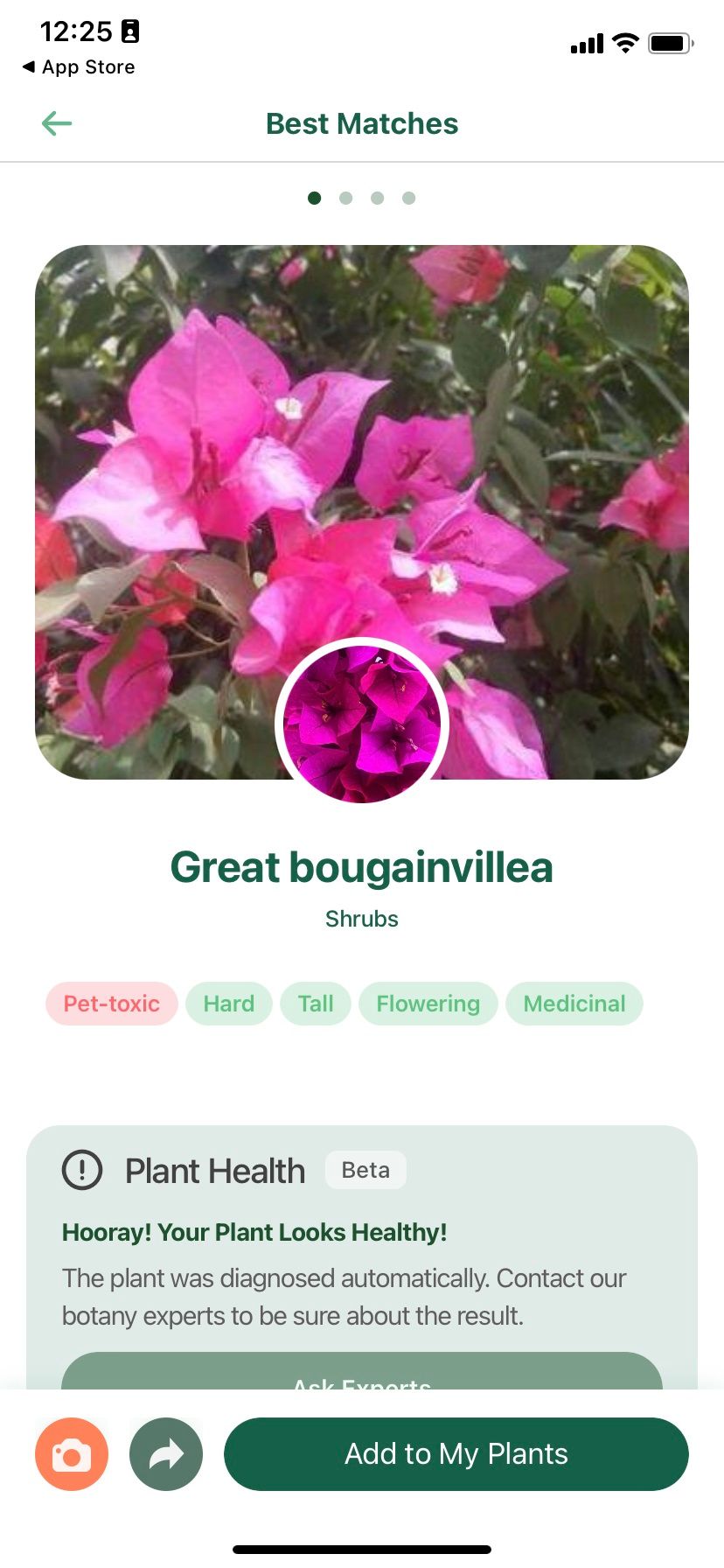
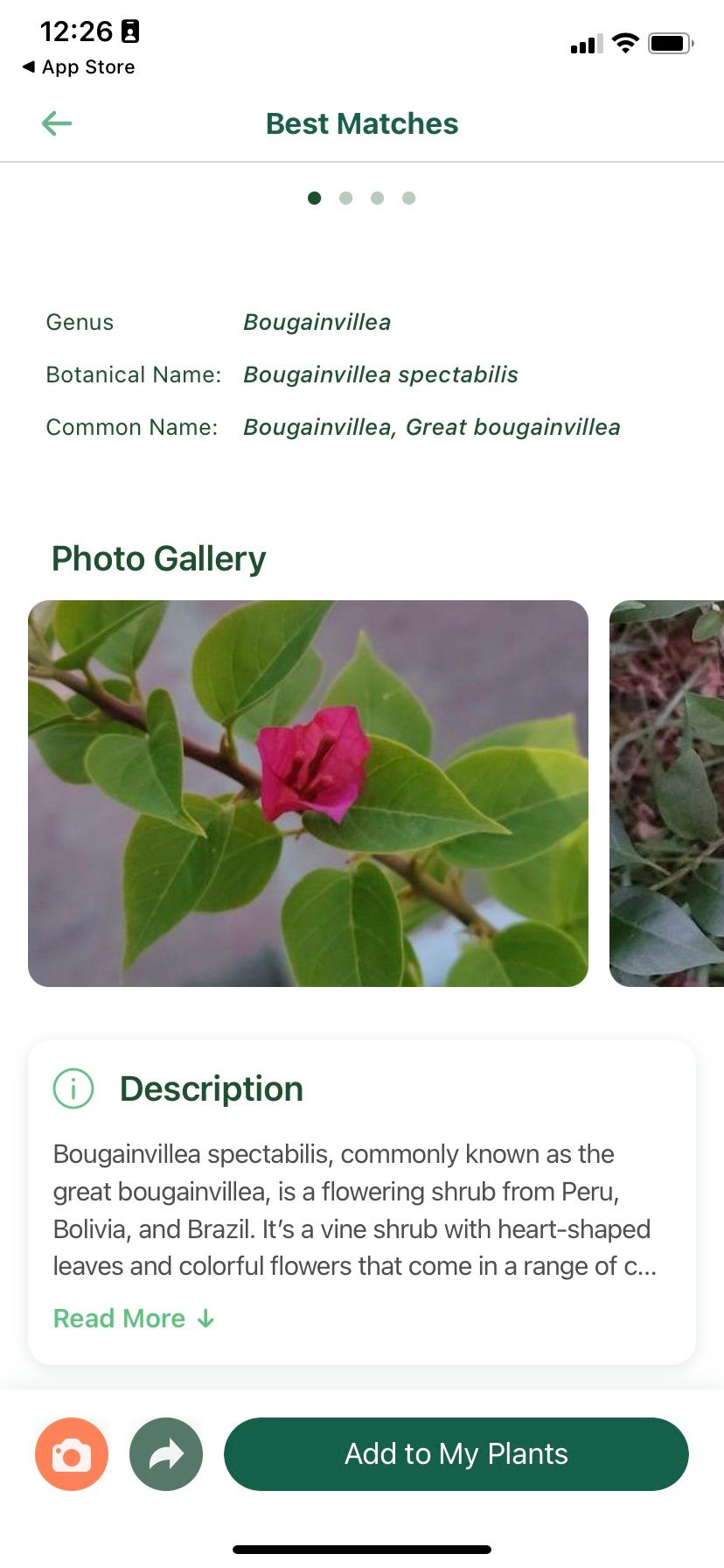
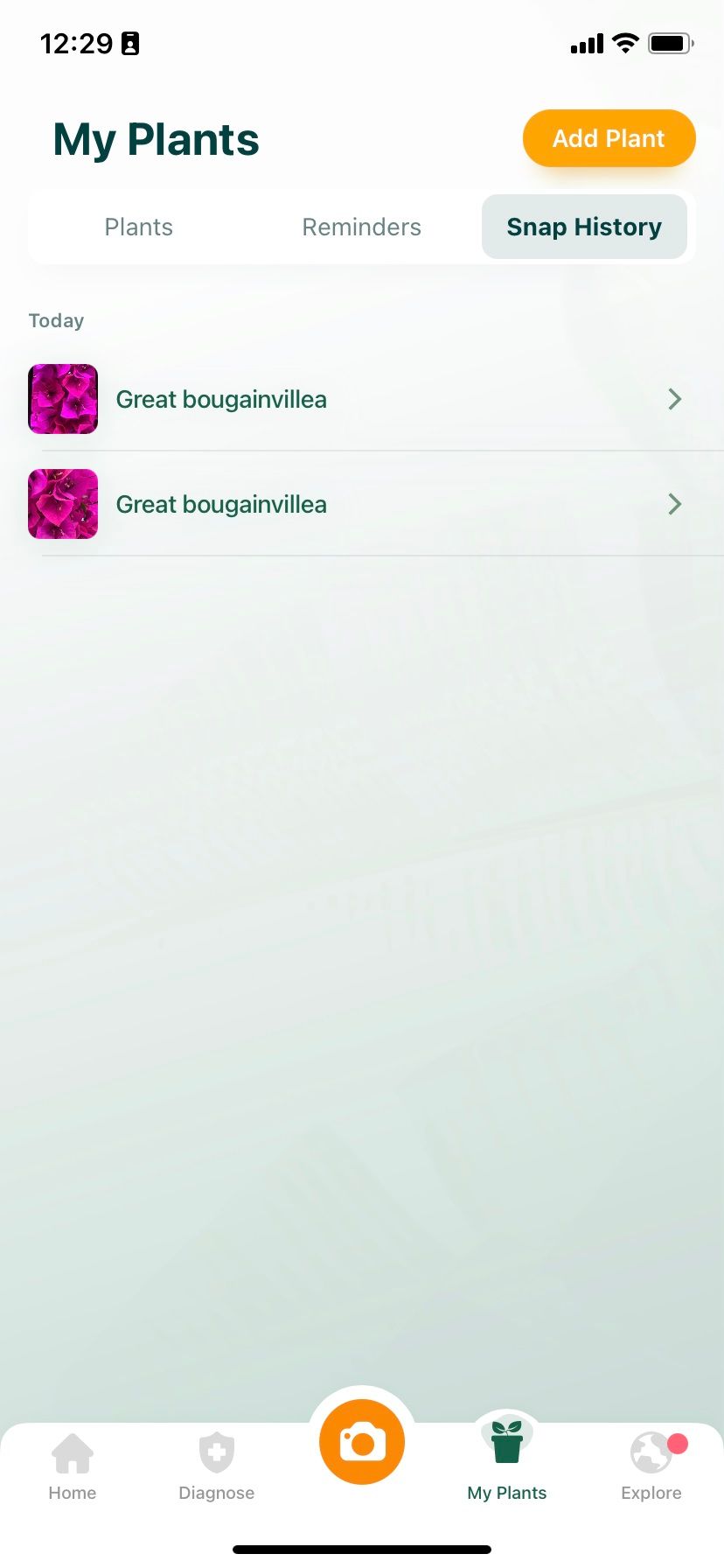
Like the other apps on this list, Plantum allows you to explore the world around you. With the option to jump straight into a premium plan after a three-day trial or continue with the limited free version, Plantum has a solution for everyone. It's perfect for both power users and occasional enthusiasts.
When you identify a flower by picture, Plantum pulls up an ID card on it. On this card, you'll see the name of the plant, its taxonomy, a list of subspecies, cultivation and practical uses for the plant, and other niche details like Symbolism and Folklore. This last section talks about what the flowers or plants have meant historically and what they symbolize now.
On top of all that, Plantum shows the health of your plants and allows you to set Care Reminders, so you don't forget to take care of them.
Download: Plantum for Android | iOS (Free, in-app purchases available)
How to Identify Plants With Google, Bing, and Other Apps
With these great apps, you'll be able to identify virtually any flower or plant from a picture. Identifying plants can be a lot of fun once you get started, and the best part about these apps is that if you use them often enough, you'll begin to identify shrubs, flowers, and plants on your own.
Gone are the days when you have to send someone a photo just to ask them, "What plant is this?"

